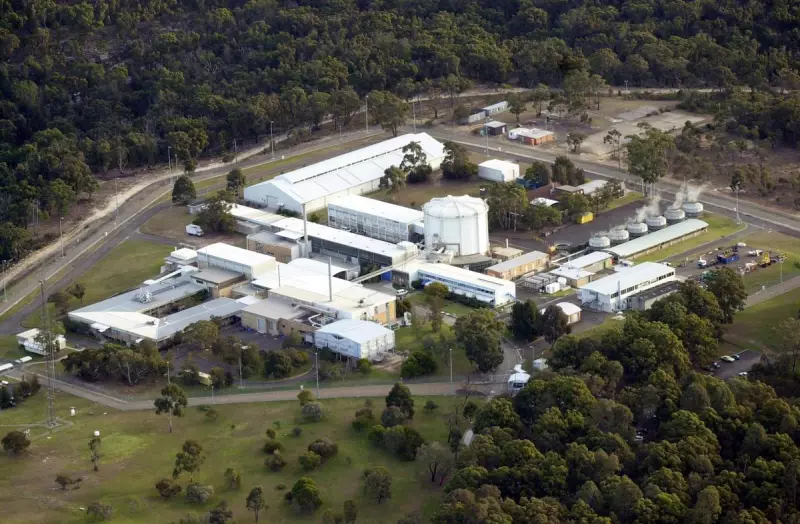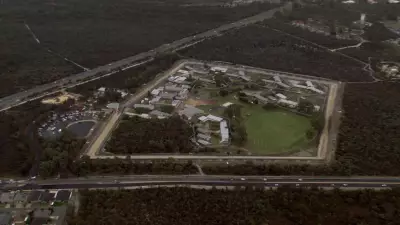
Australia is embarking on an unprecedented nuclear transformation as preparations intensify for the arrival of the AUKUS submarine fleet. In a landmark development that signals the nation's strategic shift, key stakeholders recently toured nuclear reactor facilities, marking a crucial step in Australia's defence evolution.
Western Australia's Pivotal Role in National Security
The tour, which included representatives from the state government, unions, and industry leaders, focused on understanding the sophisticated infrastructure required to support nuclear-powered submarines. Western Australia is poised to become the epicentre of this defence revolution, with HMAS Stirling in Perth positioned to host visiting UK and US submarines from as early as 2027.
This isn't just about defence—it's about creating a technological legacy that will benefit generations of Australians, said a senior official involved in the preparations.
Building Australia's Nuclear-Ready Workforce
The Commonwealth is spearheading an ambitious education and training initiative to develop homegrown expertise in nuclear technology. This comprehensive program includes:
- Specialised nuclear science and engineering courses at Australian universities
- Hands-on training programs with international partners
- Workforce development schemes to transition skilled workers into the nuclear sector
- Safety certification programs meeting global standards
The Three-Phase AUKUS Implementation Strategy
Australia's pathway to nuclear submarine capability follows a carefully structured approach:
- Initial Visits Phase (2027 onwards): Royal Navy and US Navy submarines will begin regular rotations through HMAS Stirling, allowing Australian personnel to gain vital hands-on experience.
- Transition Period: Australia will acquire nuclear-powered submarines from the United States while developing domestic construction capabilities.
- Domestic Construction Era: The construction of SSN-AUKUS submarines designed with British expertise will commence in South Australia, creating thousands of skilled jobs.
Safety and Environmental Stewardship
Addressing community concerns, officials emphasised that nuclear safety and environmental protection remain paramount throughout this transition. The Australian government is implementing world's best practice safety protocols, drawing on decades of experience from UK and US naval nuclear programs.
Environmental monitoring systems and emergency response plans are being developed in consultation with international experts to ensure Australia maintains its pristine marine environment while advancing its defence capabilities.
Economic Windfall for Australian Industry
Beyond national security, the AUKUS agreement represents an economic game-changer for Australia. Local businesses are already positioning themselves to supply the sophisticated components and services required by the nuclear submarine program.
This initiative will create a high-tech manufacturing renaissance across Australia, with opportunities spanning from advanced metallurgy to digital systems integration. The supply chain development alone is expected to generate billions in economic activity and establish Australia as a global leader in defence technology.
As Australia stands at the threshold of this new era in defence capability, the nation is not just acquiring submarines—it's building a sovereign capability that will redefine its role in regional security for decades to come.





